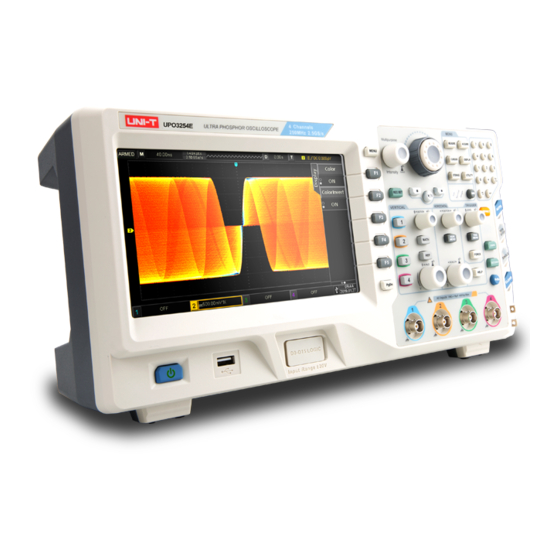
UNI-T UPO3000E Series User Manual
Ultra phosphor oscilloscope
Hide thumbs
Also See for UPO3000E Series:
- Programming manual (94 pages) ,
- User manual (123 pages) ,
- Service manual (27 pages)
Table of Contents
Advertisement
Quick Links
Advertisement
Table of Contents












Need help?
Do you have a question about the UPO3000E Series and is the answer not in the manual?
Questions and answers